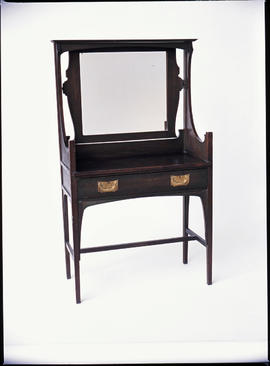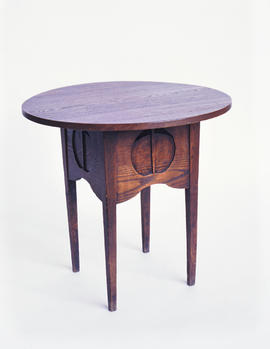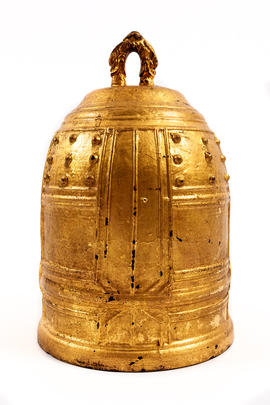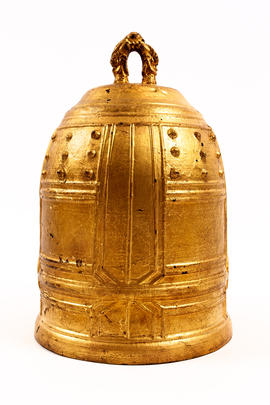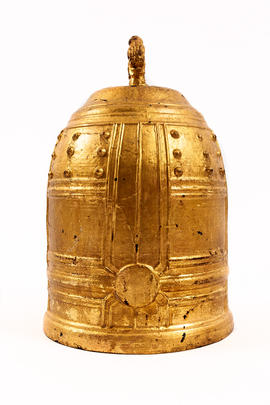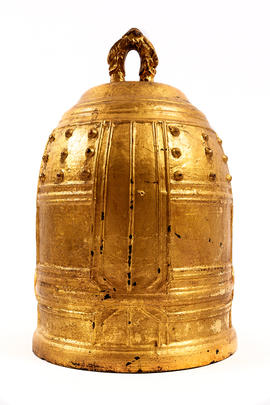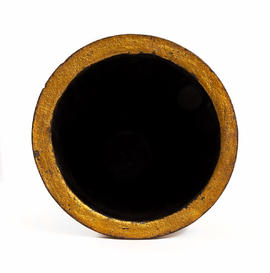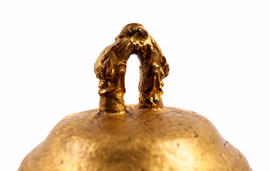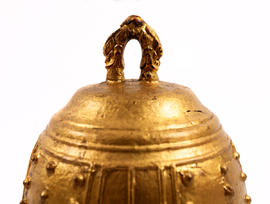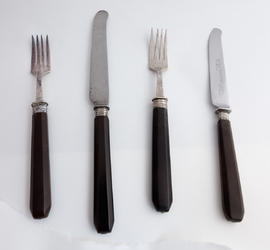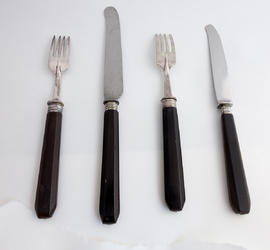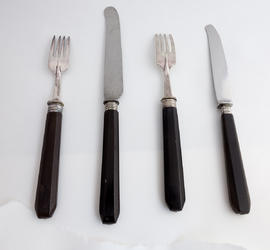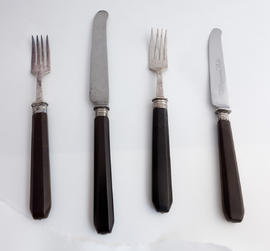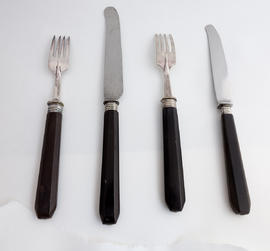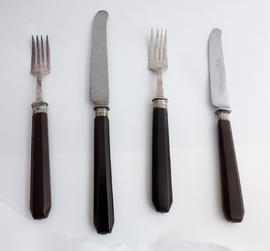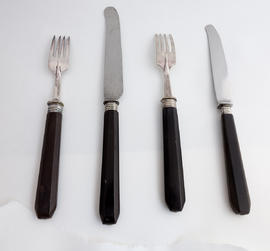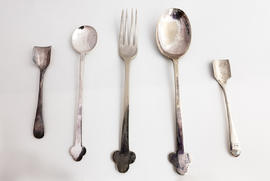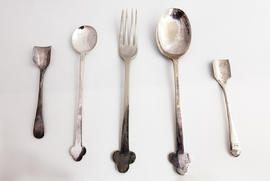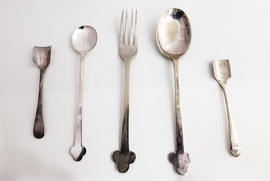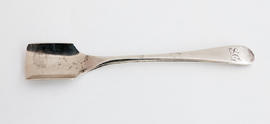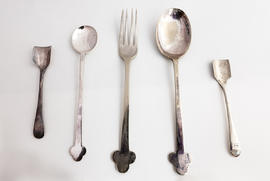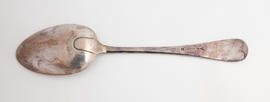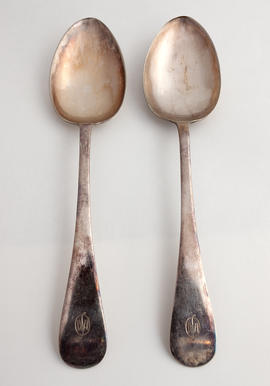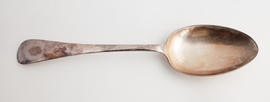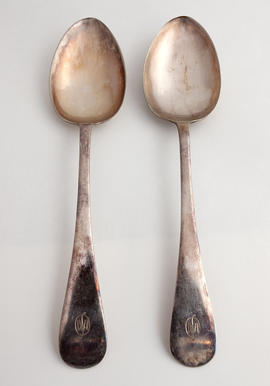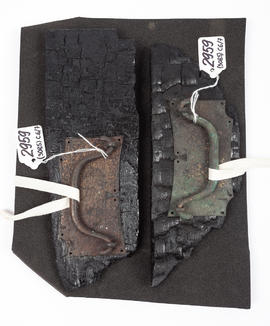Dressing Table for Guthrie and Wells
- MC/F/1
- Item
- 1895
This item was lost in the fire in The Mackintosh Building at The Glasgow School of Art on 23rd May 2014. Designed for Guthrie and Wells, Glasgow. This and others pieces of green stained furniture made by Guthrie and Wells, were collected by William Davidson for his house Gladsmuir and later in Windyhill. Guthrie and Wells, originally founded as a painting and decorating firm by J and W Guthrie, who entered into partnership with Andrew Wells in 1895, played an important role in the history of decor and design in Glasgow. They were the most important of the stained glass studios emerging in Glasgow in the 1890s, supplied furniture, glass, mosaics etc and had a reputation for first class craftsmanship and always employed excellent designers. This item was assessed for conservation in 2010 as part of the Mackintosh Conservation and Access Project (2006-2010).
Mackintosh, Charles Rennie

